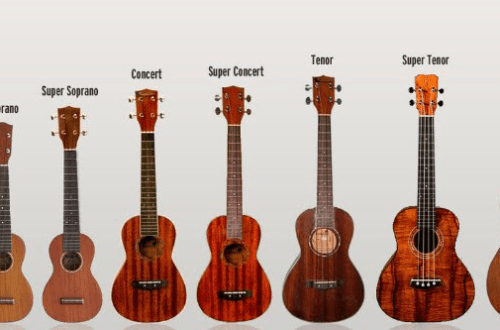
All about the Yakut khomus
Contents
Thinking about mastering the original musical instrument, it makes sense to turn your attention to the Yakut khomus. Learning to play the jew’s harp is not particularly difficult, but the emerging music will not leave anyone indifferent.

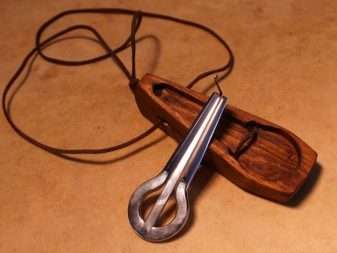
What it is?
The Yakut khomus, also known as the vargan, is a musical instrument of the indigenous people of the Republic of Sakha. It is generally accepted that the history of its existence dates back more than 5 thousand years. Always considered an attribute of shamans, khomus has a mystical, like a cosmic sound, which distinguishes it from all other musical devices. It is said that an object that fits in the palm of your hand is able to “sing with the voice of nature.” Today, the jew’s harp is not only a “participant” in shamanic rituals, but also a symbol of folk culture.
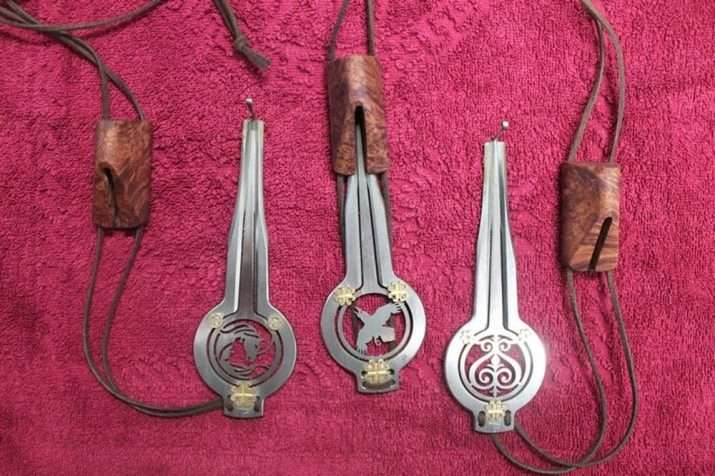
Previously, it was customary to carve a Yakut khomus out of wood or bone, trying to outwardly give it the shape of a tree that was struck by lightning. It has been noticed that when the wind shakes such a tree, mysterious sounds arise. Once upon a time, people considered it sacred and even kept the falling chips. The modern harp is most often made of iron, which has great advantages. Initially, it repeated the shape of a wooden khomus, but today it looks like a horseshoe, as it is made up of a rim and two elongated sticks, the so-called “cheeks”.
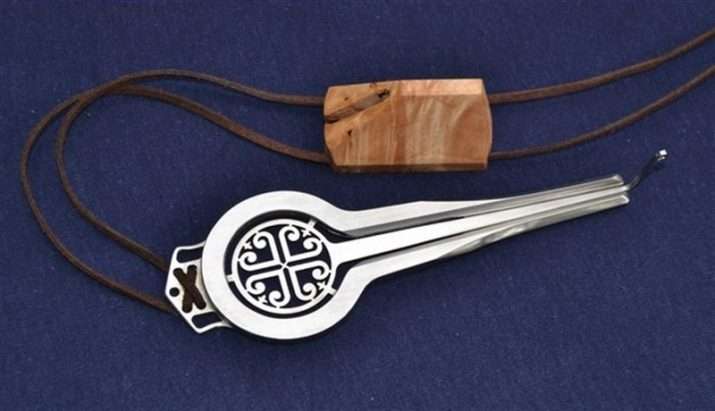
The steel tongue starts in the middle of the rim and moves between the “cheeks”. After passing the sticks, this part bends, forming a vibrating plate with a curved tip, capable of producing sounds. Vargan is often decorated with national patterns, the meanings of some of which have not yet been determined.
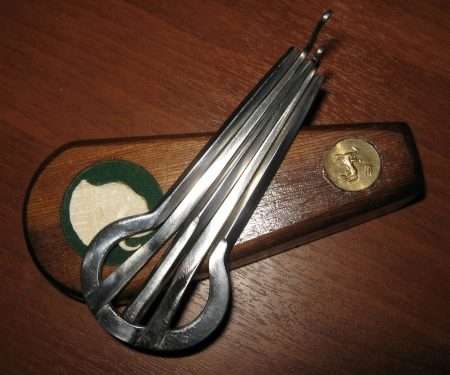
It should be added that varieties of khomus are also present among other peoples. The difference between them lies both in the main material and in the structural features.
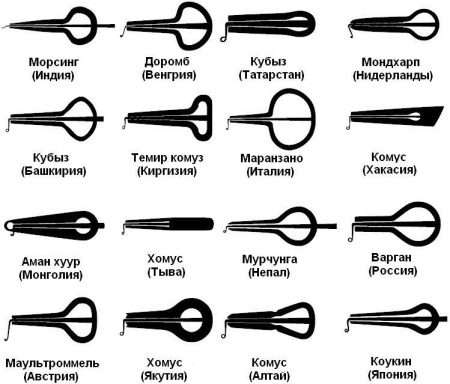
For the Yakuts, the use of a jew’s harp is a very intimate action. Shamans used a musical instrument to fight diseases and get rid of evil spirits. In addition, “space” music often accompanied declarations of love. Women also played music on the khomus – thanks to this, even a whole genre of khomus chants gradually formed. Interestingly, today’s residents of Altai most often play the instrument without hands while milking cows, which, calming down, give more milk. After the revolution, the jew’s harp was banned for some time, but today the tradition is being revived, and more and more people are interested in the opportunity to be trained by the masters.

To play the Yakut khomus, full concentration is required, since the music will have to be perceived not only with the ears, but with the whole body. Masters of vargan music also argue that before starting training with the device, it is necessary to “merge”, wearing it as a pendant around the neck or in your pocket. Of course, it is forbidden to transfer the jew’s harp to someone else during this period. It is curious that for the owner of the khomus, its case also plays a significant role. A fairly common tradition is to make it in the form of a totemic animal, or to decorate it with an image of a spirit that was to play the role of a keeper of the instrument.

Interesting fact! In 2011, on November 30, the first ever Khomus Day was held in the Republic of Sakha, and three years later the holiday was recognized at the international level, thanks to the support of the board of the international society of khomusists.


View overview
The Yakut khomus can differ both in structure, including the number of reeds, and in the material of manufacture, the height and tone of the sound being extracted. There are both miniature and somewhat enlarged models. The purity of sound, depth and tone depend on the dimensions of the device.
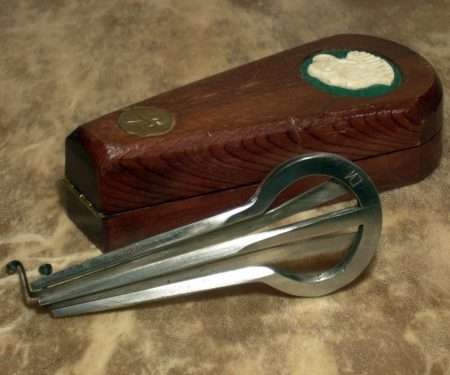
By structure
The design of the Yakut khomus is very simple: the base is a ring and a freely moving tongue. The tool can be either solid (when the tongue is immediately cut into the base) or composite (when the separated tongue is fixed on the ring). Outwardly, the jew’s harp can resemble an arc or a thin narrow plate. Arcuate varieties are forged from metal rods, in the center of which a steel part is attached, ending with a hook.
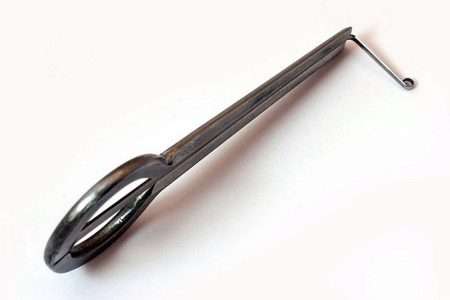
Expensive models are often made from silver or copper rod, and then decorated with inlay and engraving. Lamellar jew’s harps are created from a single plate, in the middle of which there is a slot, and the tongue is either additionally fixed or simply cut out from the same base. Musical plates are usually crafted from wood, bone, or bamboo.
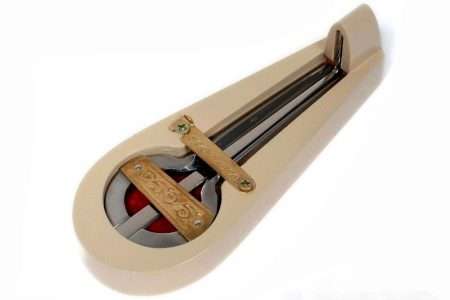
Vargan varieties that exist in the regions of the country, and throughout the world, have their own specifics. For example, the Altai komuz is a medium-sized instrument with a light tongue and an oval base. The German Multrommel is a large machine that produces low and loud sounds. Vietnamese Dan Moi is a lamellar variety. It should be pressed to the lips, resulting in a soft, high and long sound. The tongue of a small Nepalese murchunga lengthens in the opposite direction.
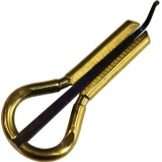
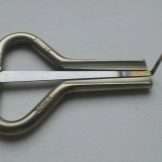
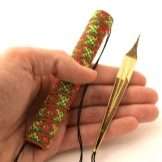
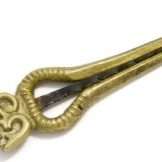
The musicians themselves are also constantly improving this instrument. So, Osipov’s khomus is considered a universal instrument, ideal for beginners. It allows you to create fast and slow, quiet and loud music, and you can beat both on yourself and against yourself. Sensitivity and range do not differ in height, but the sound is still organic.
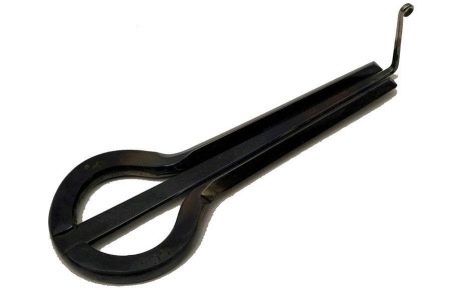
Vargan Luginov has a rich sound and a wide range of overtones.
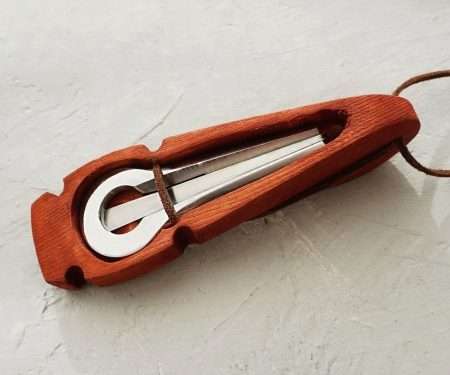
The Yakut khomus of Mandarov is famous for its dense low timbre. Metal construction with a soft tongue is ideal for energetic performances. The resulting sound is called unpretentious and undemanding to the professionalism of the musician.

The melodious khomuses of Maltsev are deservedly recognized as one of the best. Clear sound, bright sound, low timbre – all this explains the popularity of this variety among performers. The average rigidity of the tongue allows you to maintain the rhythm even when the tempo is accelerated.
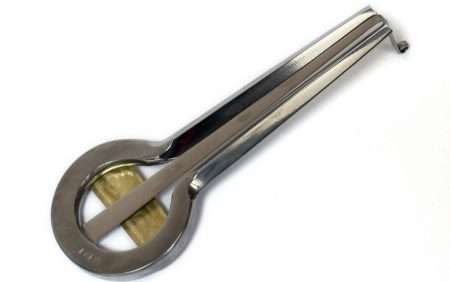
Vargan master Chemchoeva creates a loud and voluminous sound. The tongue of medium hardness is suitable for performers of any direction.
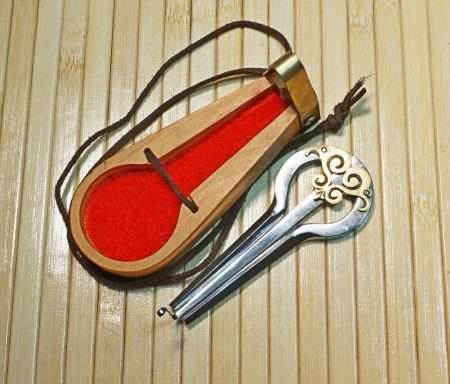
The creations of masters Gotovtsev, Khristoforov, Shepelev, Mikhailov and Prokopyev also deserve attention.
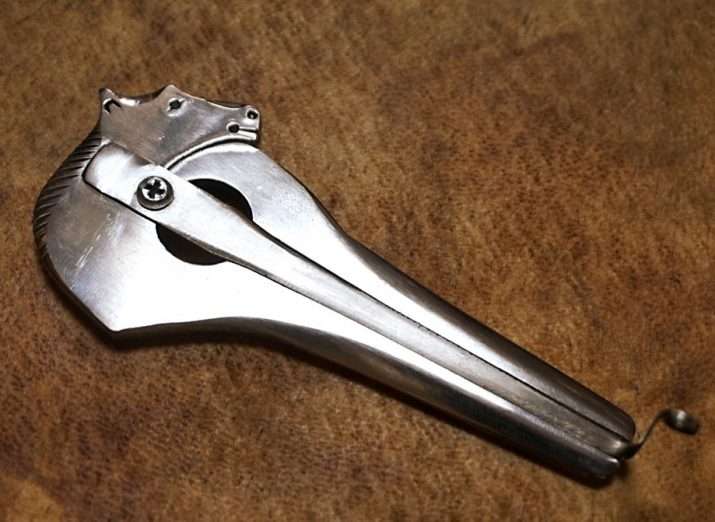
By the number of tongues
The Yakut khomus has from one to four tongues. An instrument with one detail sounds on one note. Its vibration is created due to the exhaled and inhaled air, as well as the articulation of the player. The more reeds, the richer the sound produced.

Music
The sound of the jew’s harp largely coincides with the manner of throat singing of the peoples of Siberia. The music becomes especially captivating when the khomus player begins to weave speech into the sounds, as if singing through a jew’s harp and, of course, thereby increasing the vibrations. The vargan is considered to be a self-sounding instrument that produces “velvety” sounds, but with a “metallic note”. Professionals believe that such music calms and sets you up for reflection.

Instrument Museum
The State Museum of Khomus, which has international status, is located in the city of Yakutsk. The exposition presents about 9 thousand exhibits from all over the world, including Chukchi khomus, Tuvan folk, Indian, Mongolian and many others. The cultural institution was founded on November 30, 1990 by Academician of the Russian Academy of Sciences Ivan Yegorovich Alekseev. Today it is an actively developing cultural institution, which hosts all kinds of events, the main fund of which is increasing every year.
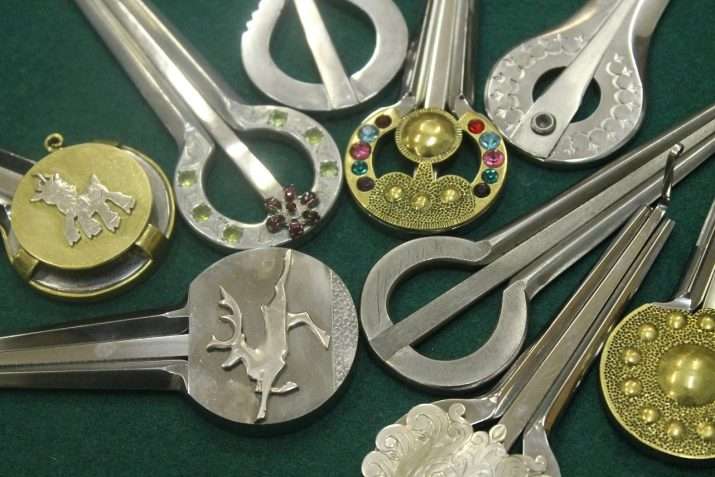
The exposition of the first hall allows guests to get acquainted with the peculiarities of making a musical instrument and see the creations of recognized masters, including those of the 18th-19th centuries. The second hall is dedicated to jew’s harps from almost 90 different countries. It is here that there is an opportunity to get acquainted with products made of bamboo, reed, bone, iron, wood and their combinations. A significant role here is played by the collection of khomusist Shishigin. In the third hall, the collection of Frederic Crane, received by the museum in 2009, awaits visitors. The American professor has been collecting more than six hundred exhibits since 1961, and the oldest of them date back to the 14th century. In the next room, you can learn the fascinating story of setting a Guinness record for playing the khomus at once in 2011, as well as see a sample that has been in space.
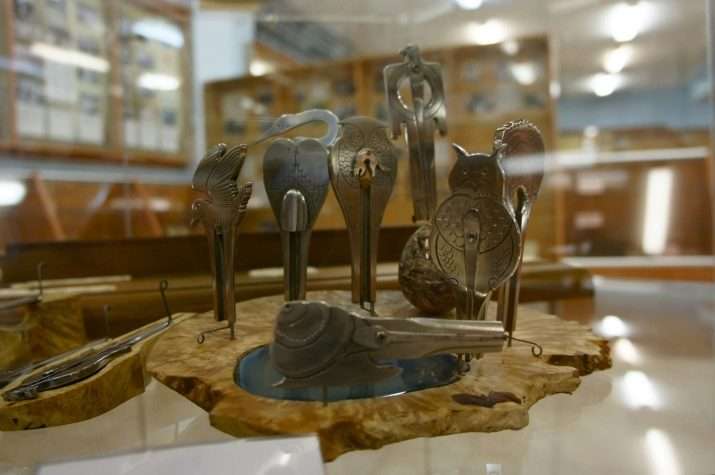
How to play khomus?
To learn how to play the jew’s harp, you must first master the basic technique, and then, having learned to keep the rhythm, begin to improvise. Holding the khomus correctly is not as difficult as it might seem. He takes the ring with his leading hand, after which the outer “cheeks” are pressed tightly against the teeth so that a small gap is formed. It is important that the tongue passes between the teeth, but does not touch them. For the jew’s harp to sound, you need to make the tongue move. This is usually done with the index finger, which is lightly tapped on this part.
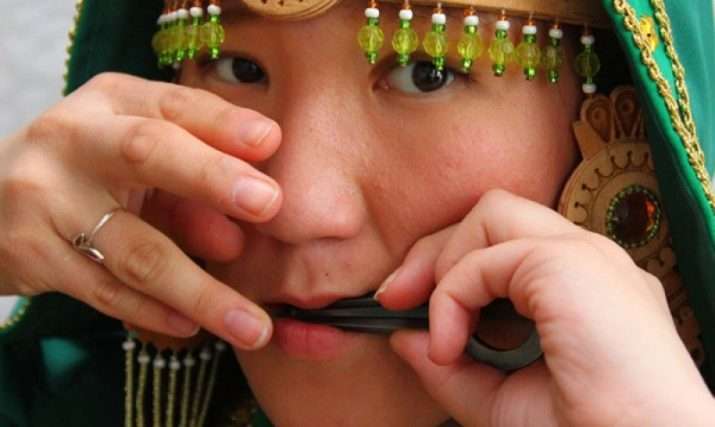
The lessons of playing the khomus also imply mastering the basic techniques of hitting the tongue. Future musicians will have to learn how to twist with a free brush, while tapping with a bent finger on the front of the part. With the acceleration or deceleration of the rhythm, both the strength and the rate of this mechanical action change. It is not forbidden to rotate the brush in the opposite direction and also tap your finger on the tongue.
While playing music, it is correct to breathe slowly and carefully – this way the sounds made by the khomus will lengthen. It is the inhalation that plays the main role here, but the correct exhalation will also affect the game – it will increase the strength of the tongue movements. By developing diaphragmatic breathing, you will also be able to create deeper and stronger vibrations.

To set the direction of the sound is obtained thanks to the organs of speech. For example, if you wrap your lips around the body, then the music of the jew’s harp will become more intense. Vibrations of the tongue and movements of the lips will also help.
How the Yakut khomus sounds, see the video below.





